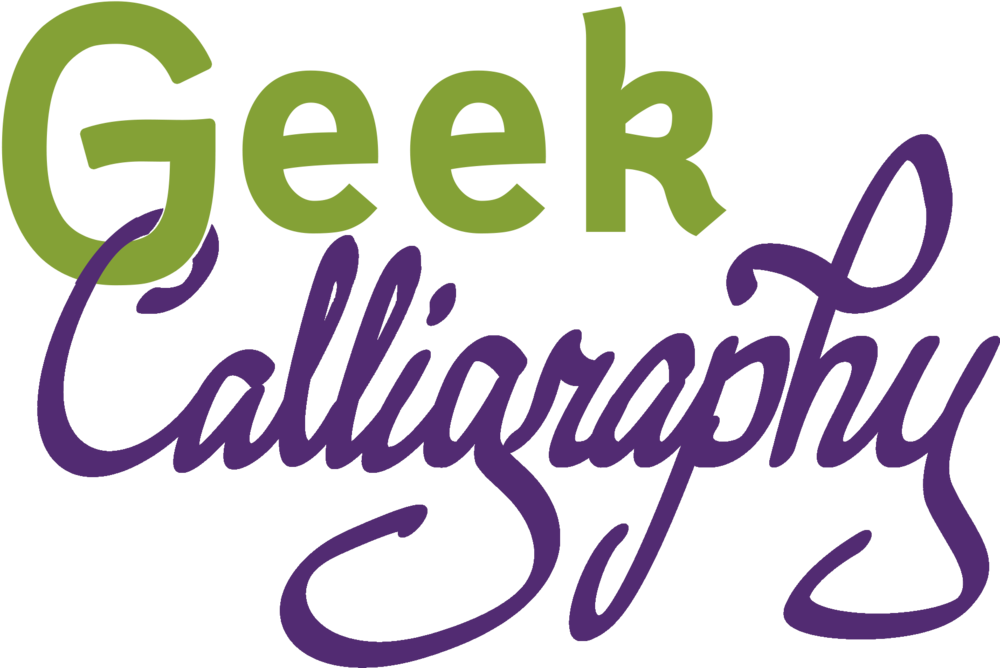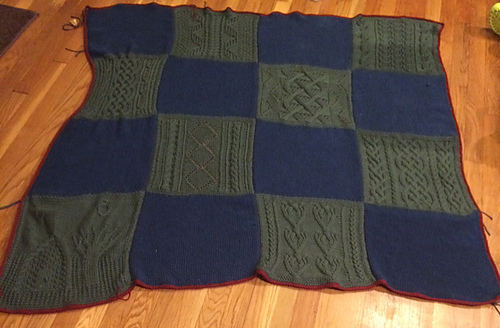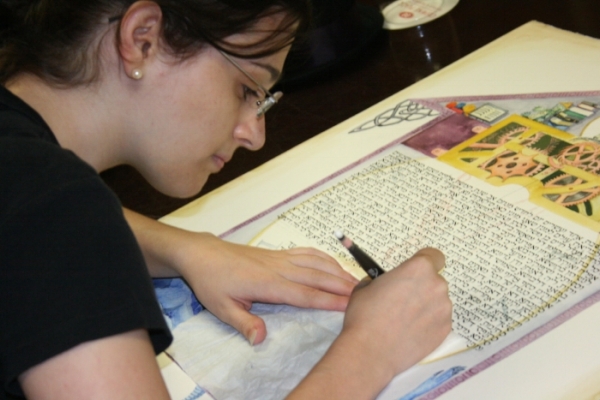by Terri & Ariela
The world of stock photography is an inherently odd place to visit. Where else can you get photos of kitchen demolition side by side with any flower you could possibly think of?
Themed stock photos can get... interesting. Just typing "$_HOLIDAY Stock Photos" into a Google Image search can set off nightmares or fits of giggles. Really, there are things that should never be Earth Day themed. But when you start searching for stock photography of non Christian religious holidays, the photos don't just look strange, they look like an alien's attempt to pass as a Hyoo-man. For example, there seems to be a compulsive need to put either matzah, a tallit,* or a Ḥanukkah menorah in almost all of them to scream JEWISH very loudly. Even if the image is tagged for a holiday containing none of these ritual objects or foods. Like Tu B'Shvat.**
Ariela's day job involves email marketing for the Union for Reform Judaism. This means finding images to go in said emails and results in her spending a lot of time combing through stock image catalogs, particularly around Jewish holidays. This, in turn, led to her IMing Terri in fits of disbelief so that someone else could share in the WTF-ery.
But why should we limit the horror to just the two of us? So we present: Bad Jewish Stock Photography. And when we say bad, we mean REALLY BAD.
We have not included images in this post that are just mis-tagged, like when you search for Passover and get Easter results. That's wrong and sometimes offensive, but not what we're listing here. All photos are watermarked with the image source, unless we can no longer find them at the source. We acknowledge that this post is very image heavy. The captions contain the best descriptions we can write, the commentary on the images is in the body text of the blog post below them.
And yes, we know about this article in The Forward. But that photo isn't even the tip of the Jewish stock photography fail iceberg. It's a small chip off the glacier.
Image shows an open Hebrew prayerbook on a stand, a blue velvet kippah with silver embroidery, a ḥanukkiyah with all its candles lit, and a folded tallit with black and silver stripes.
This one originally came from iStock, but can no longer be found there. The lit ḥanukkiyah with the tallit is bad enough - a tallit is worn during the day and the ḥanukkiyah is lit only at night - but if you look closely at the text of the open book, it is open to the evening service for Yom Kippur, i.e. not a text you would ever need at Ḥanukkah. Anyone who knows any Hebrew could have told them not to do this.
This was the photo that originally inspired Ariela to do an ongoing series on bad Jewish stock photography.
Image shows a wood framed slate with "HAPPY PASSOVER" written on it in stylized chalk lettering. Surrounding the frame clockwise from noon are: pieces of square machine made maztah, un-shelled walnuts, a red-brown haggadah, red tulips with yellow stripes, a wine glass on its side with a splash of wine still left, a bottle of pink wine on its side, a stack of three round hand made matzahs on a white cloth, more un-shelled walnuts, a leaf of lettuce with an egg on it, and more tulips.
It's Passover, not Easter. Why the tulips? Also, why is a mostly drunk wineglass lying on its side? How is that happy?
Image shows an older balding man wearing a tallit and holding an open siddur standing next to a table. To his left is a seated woman with short hair, to her right is a young boy in a sweater vest, button down shirt and Hanukkah themed suede kippah. To the right of the older man is a seated man in a long sleeved polo shirt with a red satin kippah. There is someone seated next to this man, but the image cuts off everything but some arm in a blue sleeve. On the table is a silver plate with square machine made matzah and an unlit ḥanukkiyah with all of the arms holding blue and white striped candles.
The image description for this photo on Thinkstock is "Parents and their son and a rabbi at a Hanukkah ceremony." Just what is a Hanukkah ceremony, pray tell? There is very little to say about this image that the provided description doesn't cover. The words, they escape us.
Image shows a tallit with blue and gold stripes over white painted wooden slats. Positioned over the tallit are (clockwise from top): glass bowl with honey and wooden dipper, two broken sheets of square machine made matzah, a ḥanukkiyah lying flat on its side, a shofar, and a silver kiddush cup partially filled with wine and sitting on a silver coaster.
The only thing this picture illustrates effectively is "We have no meaningful understanding of Jewish holidays."
No. Just no. You might wish to pray by candlelight, but if we ever catch you with a lit candle on your siddur, we will hurt you.
Once again, juxtaposition fail. One does wear a kippah to the Passover seder, but not a tallit. And a shofar isn't a Passover ritual object at all.
This is a whole genre. See more here.
The Crown Jewel of the Collection
This has been scrubbed from all the stock sites we could find. We don't blame them. What the heck were they thinking?
Yes, that is a model of the Ark of the Covenant positioned next to a piggy bank sporting clovers and "good luck" painted on its side. The two are positioned so that the carrying rod of the ark appears to be jammed up the piggy's butt.
There was another in this same series that showed the same model of the Ark perched on the top of someone's foot with what appeared to be an industrial site in the background. We don't understand.
We have never run across any other Jewish Stock Photography fail so egregious, and we hope we never will.
*Prayer shawl worn by Jewish adults during daytime services. It is only ever worn at night once a year, on the eve of Yom Kippur.
**The 15th day of the month of Shvat (lunar month, generally falls around February). Often referred to as "Jewish Arbor Day," the Talmud lists this date as "the new year for trees." In the Mediterranean, this is often the beginning of springtime. It is celebrated by eating dried fruit and planting trees.
Did you enjoy this post? Help us keep writing more of them.




























